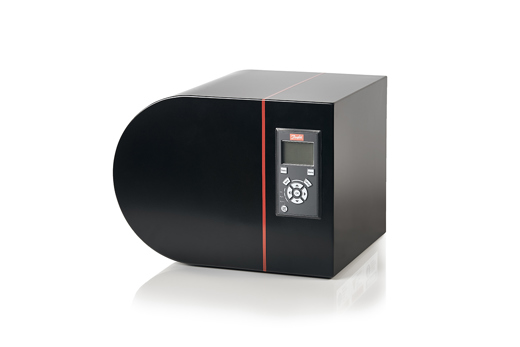
Operating at sea equals encountering Emissions Controlled Areas (ECAs), in which different emission regulations apply. These are sea areas in which stricter controls have been established by the International Maritime Organization (IMO) and the United States Environmental Protection Agency (US EPA), to minimize airborne NOx, SOx and CO2 emissions from ships. Using marine emission sensors, such as MES 1001 and MES 1002, helps you document compliance with these regulations, monitor performance, and enables optimization of processes in the engine.
Shipowners/shippers also need to comply with an ever increasing focus on corporate social responsibility (CSR) and the importance of being best in class as competitive advantage. With the constantly increasing focus on stricter emission legislation- and related control, arises the question of how to enforce that ships comply with these globally. Leading ship owners acknowledge that the responsibility of documentation of compliance lies on the shoulders of ship owners. The IMO decision on the 0,5% Sulphur cap in 2020 has in particular started an important discussion on the enforcement of this regulation, and Continuous Emission Monitoring Systems (CEMS) may be one of the means used to ensure compliance. CEMS enable shipowners to document emissions and regulatory compliance at all times, consequently generating greater overall transparency of emissions in the maritime industry and securing level playing field in the maritime industry.
Achieving the relevant reduction of NOx emissions with marine diesel engines in NOx Emissions Controlled Areas (NECAs), can be done through NOx reducing technologies, such as Selective Catalytic Reduction (SCR). MES 1001 enables precise and continuous measurement of the environmentally harmful gasses NOx, SO2 and NH3, directly in the exhaust pipe, which ensures fast and accurate measurement. The sensor is particularly relevant in SCR applications.
Using MES 1001 with SCRs, optimizes the SCR process in several ways. MES 1001 is used to monitor the SCR process in an open loop system, and to control the SCR process in a closed loop system.
Using MES 1001 with a closed loop SCR process poses several benefits including:
- Optimization of urea dosing, through sensing the required NOx reduction and consequently adjusting the urea injection
- Risk elimination of Ammonium Bisulfate build-up that fouls the exhaust uptake and increases back pressure. Costly repairs and exchange of components are consequently avoided
- Optimization of NOx output
- Optimized transient load response
- Reduced complexity of the SCR algorithm (fuel type and characterization, ambient temperature, air humidity, air pressure)
- Minimization of total cost of ownership through cutting urea expenses and markable shorter commissioning time (including avoidance of testing- and certification-related costs in shipyards)
Features and Benefits
TCO: Easy installation, manage, and maintenance
Tamper proof measurement
Type approved
Reduced commissioning of SCR system
Reduced complexity of SCR control algorithm
